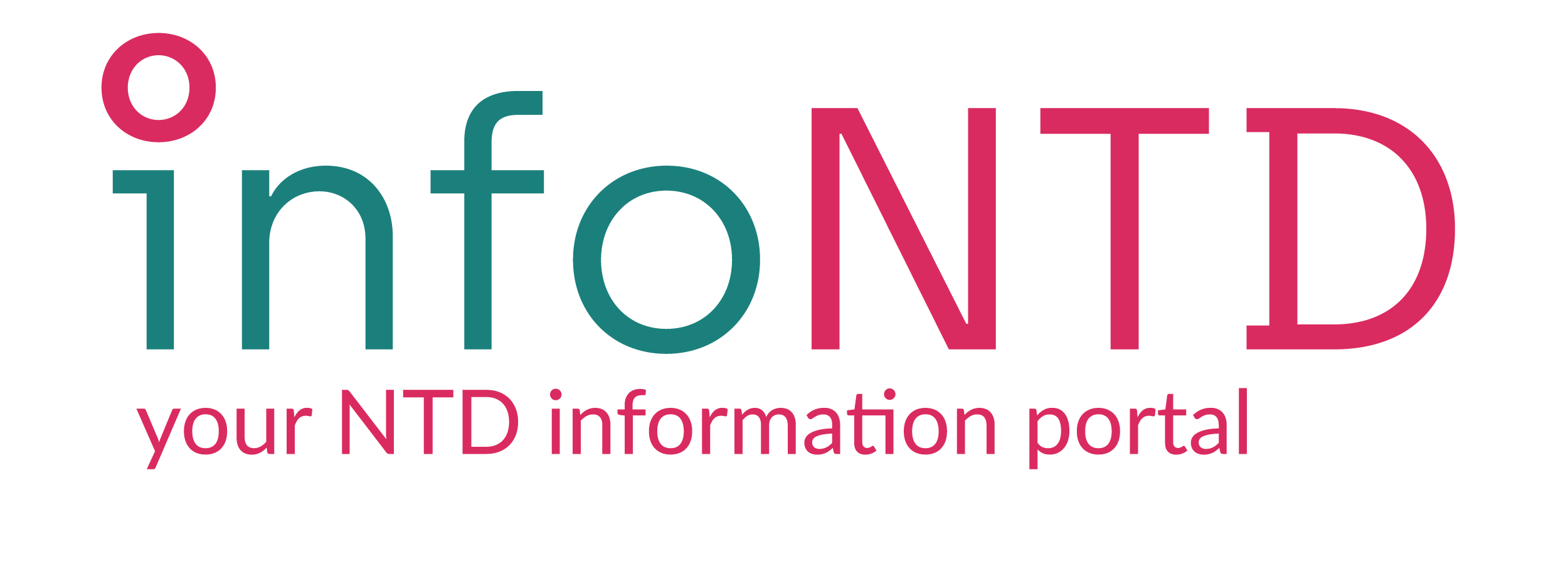Global trends and burdens of neglected tropical diseases and malaria from 1990 to 2021: a systematic analysis of the Global Burden of Disease Study 2021
Background: Neglected tropical diseases and malaria (NTDm) afflict the most disadvantaged communities, causing chronic and devastating illnesses. The purpose of this study was to investigate the epidemiological features of NTDm from 1990 to 2021 to provide essential information for policy choices to reduce the incidence of NTDm.
Methods: The Global Burden of Disease Study 2021 provided information on the incidence, mortality, prevalence, and disability-adjusted life-year (DALY) rates of NTDs and malaria from 1990 to 2021. Prevalence and trends were analysed globally as well as by region, sex, and age. The estimated annual percentage change (EAPC) was used to evaluate illness trends, and the connection between sociodemographic indicators (SDIs) and disease burden was investigated. To further examine the patterns and forecasts, the age–period–cohort (APC) and Bayesian age‒period‒cohort (BAPC) models were used. On the basis of the results of the analysis, the main risk factors affecting NTDm were explored in depth.
Results: In 2021, the global NTDm age-standardized incidence rate increased by 24.12 (95% UI: -158.97–206.77) from 1990. The burden was highest in West and Central Sub-Saharan Africa, with dengue, malaria and rabies being particularly prominent. The incidence rates standardized by age, prevalence rates, mortality rates, and rates of disability-adjusted life years (DALYs) were primarily observed in children younger than five years and in regions with low SDIs. Analyses considering age, period, and cohort indicated that the burden of disease has diminished in populations born later. Forecasts suggest a minor rise in age-standardized incidence rates (ASIRs) from 2022 to 2035, whereas age-standardized prevalence rates (ASPRs), age-standardized mortality rates (ASMRs), and age-standardized disability-adjusted life year rates (ASDRs) are anticipated to decline. Major risk factors for NTDm include child and maternal malnutrition, child growth failure, child stunting and child underweight.
Conclusions: The burden of NTDm varies by region, age and sex. This is particularly the case in low-SDI regions. To reduce the global burden of NTDm, specific strategies such as strengthening health systems, fostering cross-sector collaboration, and enhancing community participation are essential. Integrated management requires a multisectoral approach that combines policy, health care, education, research, and community involvement to support sustainable development goals.

 infontd
infontd